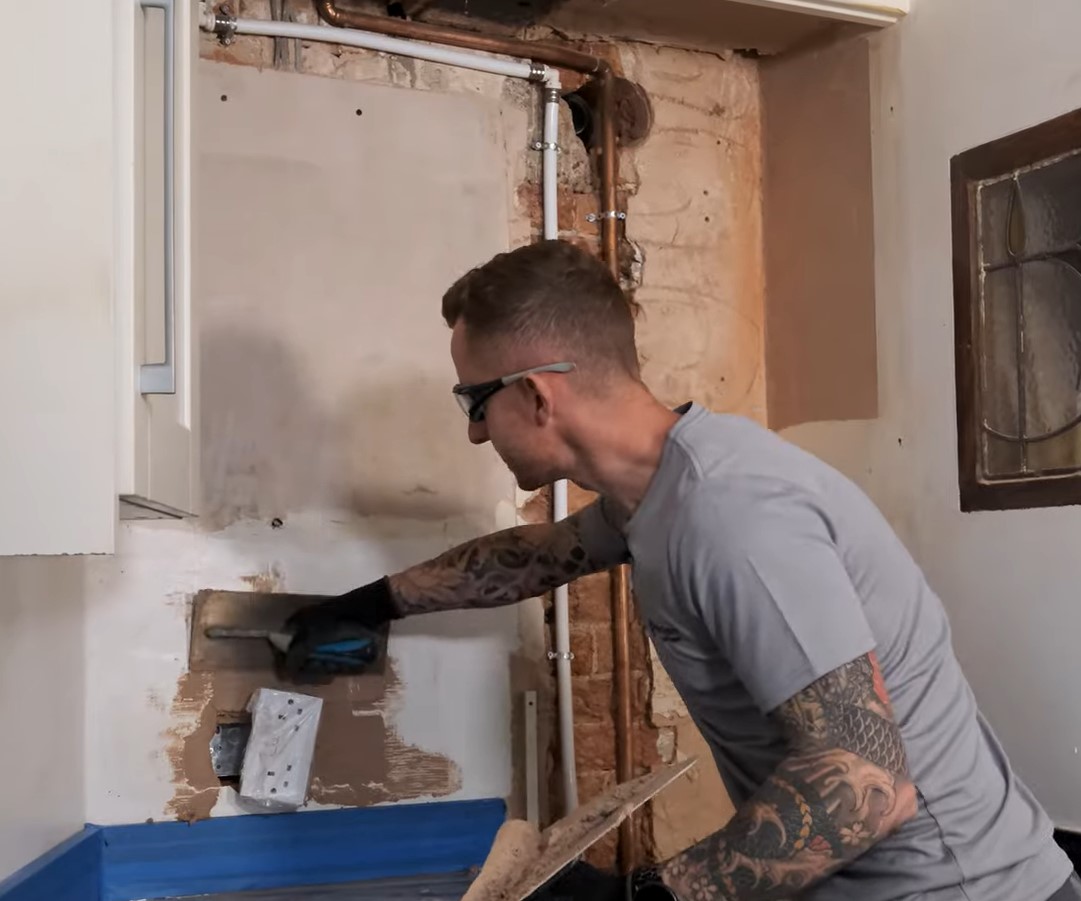
When it comes to achieving a smooth, flawless finish for your walls and ceilings, plaster is an undefeated champion. This versatile material has been fundamental in construction for centuries, and for good reason. Let’s take a closer look at the main types of plaster:
Types of Plaster
- Multi-finish plaster: This is the most common type, suitable for a wide range of applications, from skimming existing plaster to creating a smooth finish on brickwork
- Bonding coat plaster: This coarse plaster is ideal for creating a key (a rough surface) for subsequent plaster layers to adhere to, particularly on surfaces like brick or concrete
- Hardwall plaster: As the name suggests, this plaster sets very hard and is often used for areas that require extra durability, such as around fireplaces or in high-traffic areas
The Advantages of Plaster
There are many reasons why plaster remains a popular choice for walls and ceilings:
- Durability: When properly applied, builder's plaster creates a long-lasting, crack-resistant surface
- Versatility: As mentioned earlier, there's a type of builder's plaster suited for almost any plastering job
- Fire resistance: Builder's plaster offers some degree of fire resistance, making it a safer option than some alternatives
- Regulation: In some areas, building regulations may specify the use of traditional materials like plaster in certain situations
Working with Plaster
Unless you're a seasoned plasterer, it's generally recommended to leave large-scale plastering jobs to the professionals. However, for smaller repairs or for the brave DIYer, there are resources available to help you get started. With proper preparation, technique, and safety precautions, you can achieve great results using plaster.
Staying Safe
Plaster can be irritating to the skin and eyes, so wearing gloves, goggles, and a dust mask is essential. Additionally, mixing plaster creates dust, so proper ventilation is crucial.
